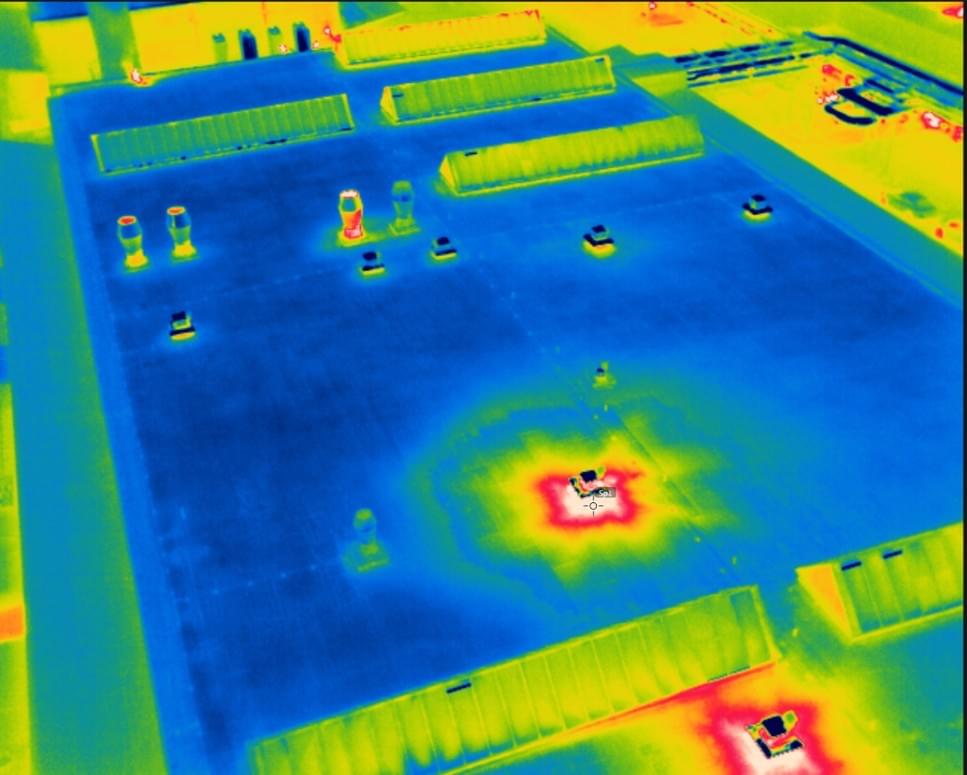Infrared Thermography
Infrared Thermography
Helps to Identify Hidden Moisture in Flat Roofs

Infrared thermography is a powerful, non-invasive technology used to detect hidden moisture within flat roofing systems, a vital step in preventing costly damage and maintaining structural integrity.
How the Process Works
- Thermal Mass Differences: Moisture trapped inside roofing insulation or materials increases their thermal mass. This means wet areas absorb heat from the sun during the day and release it more slowly than dry areas at night.
- Infrared Scanning: Specialized cameras capture infrared (heat) energy emitted from the roof’s surface, rendering thermal images (thermograms) that highlight temperature variations. Areas retaining heat longer usually indicate the presence of moisture beneath the surface.
- Timing: Scans are most effective after sunset or during cool-down periods when the difference between heat retention in wet and dry areas is most noticeable
What Inspectors Look For
- Warm Anomalies: At night, wet insulation and materials appear warmer than surrounding dry roof areas due to slower cooling.
- Cold Spots: Under certain scenarios, moisture can also show up as cool areas, depending on inspection timing, roof materials, and weather conditions.
- Thermal Patterns: Trained inspectors interpret the thermal images to pinpoint the location and extent of trapped moisture, which may not be visible during standard visual inspections
Advantages
- Non-Destructive: No need to damage the roof; moisture mapping is performed externally.
- Comprehensive Coverage: Large roof areas, including those that are hard to reach, can be scanned quickly and thoroughly, especially with drone-based infrared systems.
- Early Detection: Moisture problems are found before they cause visible leaks, mold, or structural damage, allowing for targeted repairs and lower long-term costs.
- Routine Maintenance: To ensure the roof’s integrity during regular inspections.
- After Storms: Post-weather events where water intrusion is suspected but not obvious.
- During Real Estate Transactions: For due diligence and capital planning.
Infrared thermography detects hidden moisture by exploiting differences in how wet and dry roofing materials store and lose heat. This method provides detailed, accurate information about underlying problems and helps building owners target repairs before major issues develop.
Visit WBTC Official Websites:
